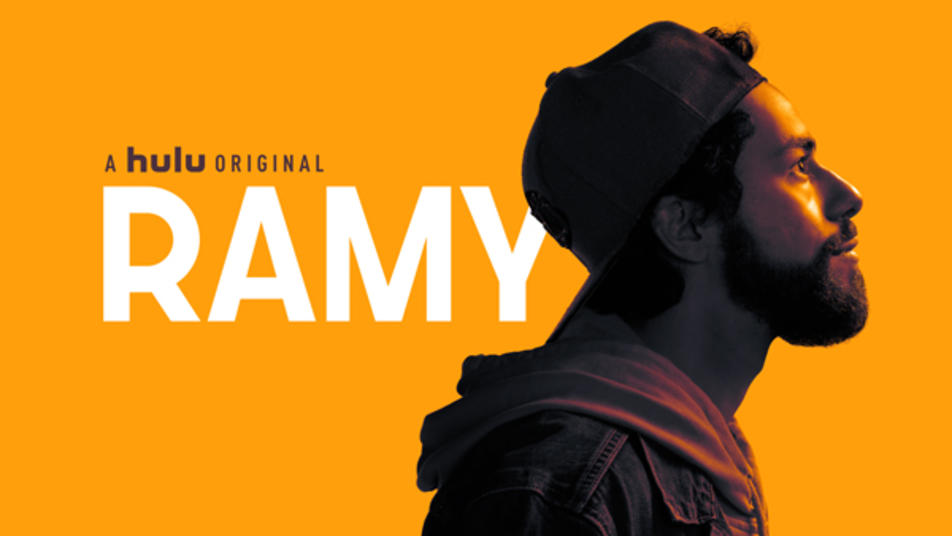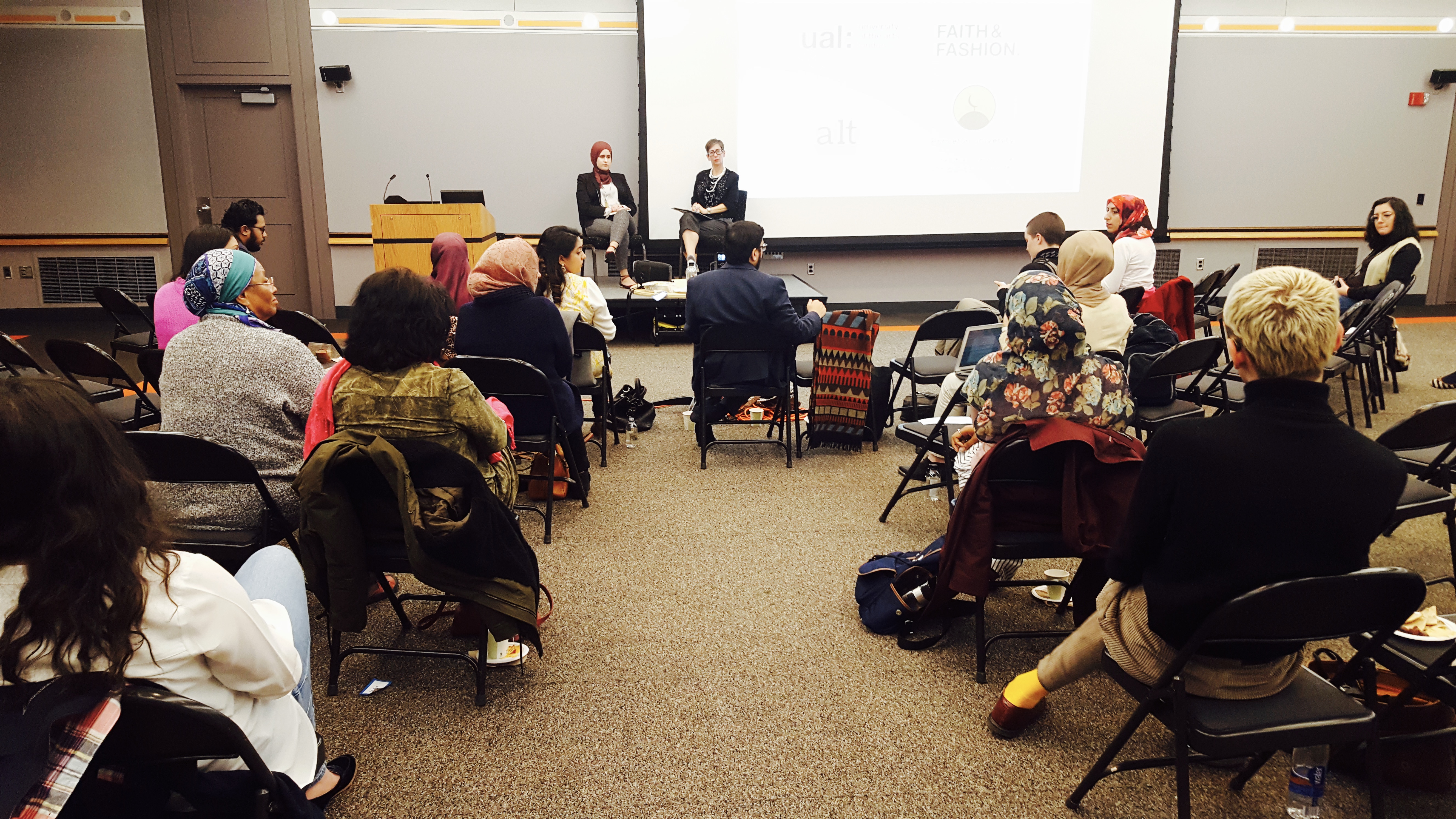Cultural stigmas have existed for thousands of years, yet never have I ever been more haunted by the unfortunate effect they have on mental and physical health outcomes. As a One Chicago, One Nation (OCON) Community Ambassador, I brought together a diverse group of young women and girls to talk about self-esteem, peer pressure, and its relationship with making healthy, responsible choices.
During the icebreaker, I asked the young women to shout out the first words that came to mind when they heard the term “teen pregnancy.” Responses included words like, “failure,” “no life goals,” “peer pressure,” and “money.” Then, I asked how their assumptions would change if I added the word “Muslim” in front of teen pregnancy. Not surprisingly, the conversation suddenly took an even more serious and grave tone, with the Muslim girls in the audience shouting words like, “family disownment,” “social suicide,” “actual suicide,” and even “abortion.” When asked to elaborate, one of the girls stated, “it’s hard to mess up even slightly in a Muslim household.”
It is unfortunate that our young women in the Muslim community feel that it is “social suicide” for a Muslim girl to become pregnant out of wedlock, and that many even associate it with self-imposed death and abortion. What’s sad is that these feelings are actually a reality for a certain population of young women in New York City: a study in New York City following young Muslim women who are sexually active found that the abortion rate was 100% for those who became pregnant out of wedlock. The unfortunate reality is that these women would not be asked whether or not they wanted an abortion, but rather, which type of abortion they wanted.
Undoubtedly, these are social constructs our community has imposed on itself and that are further propagated by the fact that we do not have any institutionalized support systems for our young women. The assumptions on the white board during the ice breaker about teenage pregnancy are indicative of the fact that we have no systems to help our young women and that we must bring about institutional and cultural change in order to move in the right direction. The impact of the cultural stigma surrounding pregnancy out of wedlock in the Muslim community is astounding, and is leading to some very grave, but often preventable, circumstances. It’s probably most tragically telling that our young women feel that their only choice is abortion if they become pregnant out of wedlock. In this particular case, women are not making this decision because it is offered as a choice, but because they have no choice. So, in this respect, because of the way Muslim society has enforced and reinforced these stigmas for generations now, we cannot call ourselves a pro-choice or a pro-life community. How’s that for irony?
What’s going on in our community? Why do our women feel that there is no room for imperfection and there are no second chances for making the wrong (culturally or religiously unacceptable) choice? The Prophet (may God’s peace and blessings be upon him) did not teach such intolerance; nor did he endorse continual denial of the problems that exist in society. Homosexuality, pre-marital sex, teenage pregnancy, and drug abuse are all realities for the Muslim community, and have been for decades. Rape and mental illness are tragic circumstances that the victim should not be blamed for. These problems don’t just go away by ignoring them or by ostracizing those individuals.
What’s more interesting is how we discuss the issue of teenage pregnancy. In a recent conversation with Sahar Ullah, co-founder of Hijabi Monologues and performer of “Light on My Face” on January 9, 2009, she explained that discussing teenage pregnancy as a “phenomenon” is much easier than personalizing the issue. In other words, on the surface, pregnancy out of wedlock is wrong and unacceptable and it is very easy for members of the Muslim community to point fingers as detached individuals from the situation. However, personalizing the story of a young woman and describing the complexity of the factors that may lead a young woman to partake in sexual activity, such as low self-esteem, the need to be loved and desired, and the pressure to not lose the man that she loves, make the story a lot easier to sympathize with and the issue a lot harder to ignore.
We must stand up and work together to come up with a solution, a way to address these issues. While some of these issues are sensitive, controversial, and many would be opposed to endorsing them, the issue is not whether or not we should (or shouldn’t) endorse them. Offering resources and support for these individuals does not equate to endorsing their decisions or lifestyle, as the community falsely believes. However, not offering them anything will further alienate them from society and push them to take extreme measures, as demonstrated by the cases described above. More importantly, prevention of these problems will not even be an option – how can we attempt to prevent problems we aren’t willing to admit even exist? We cannot wait for the problem to face our family members before wanting to make a change. Every young woman is someone’s daughter, someone’s sister, or someone’s friend, and it is our collective duty to provide them with a safe space to have the option to live a healthy life and be able to receive communal support in their most difficult of times.
Changing attitudes and combating cultural stigmas that have existed for generations are not easy tasks, but we cannot keep letting our young women rely on abortion because the community finds it easier to ostracize those who become pregnant out of wedlock instead of providing them with healthy alternatives and coping strategies. We must welcome open discourse and education to raise awareness about these problems, and must work together as a society to develop long-term solutions. It is our responsibility to create a safe space for these individuals free of judgment and full of hope – whether it is through shelters, clinics, or community centers – and have a sustainable support system to give these individuals options to make healthy choices and help each other through these circumstances. Only then can we begin to think about reducing the incidence of problems such as teenage pregnancies, abortion, and sexually-transmitted diseases in our community. The power of education and open discourse cannot be overstated in its impact on changing attitudes; accepting that these issues exist in our communities is just the first stepping stone in the right direction.
(Photo by eraugalatha via flickr)
Nadiah is co-founder and director of programs for the HEART Women & Girls Project. She recently earned her Masters in Public Health from the University of Illinois at Chicago. in the past she has been a consultant for the Office on Women’s Health (OWH) at the U.S. Department of Health and Human Services working on a variety of different projects focusing on HIV/AIDS awareness, American Indian/Alaska Native Health, and improving the health of Chicago. Prior to her work at the OWH, she worked on a research project focusing on improving the pregnancy outcomes of low-income Chicago women. She earned her bachelor degree in Public Policy Studies from University of Chicago and lives in Chicago with her two children and husband. Additionally, Nadiah is the Program Manager for American Muslim Health Professionals.





Just found this article: http://onfaith.washingtonpost.com/onfaith/modernmuslim/2010/09/hatred_is_lethal.html
It’s on an equally important issue regarding the implications of cultural stigma, but this time exploring homosexuality in Islam.